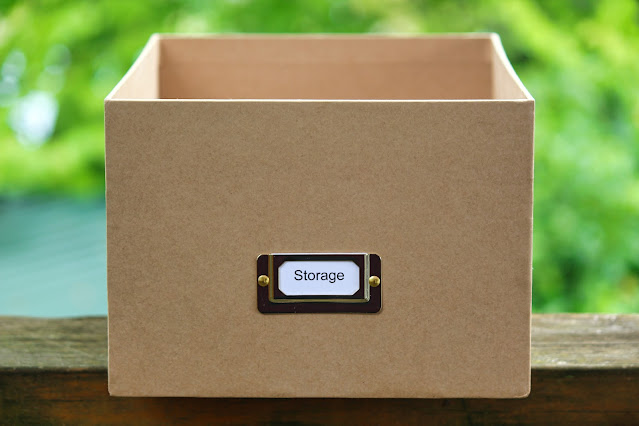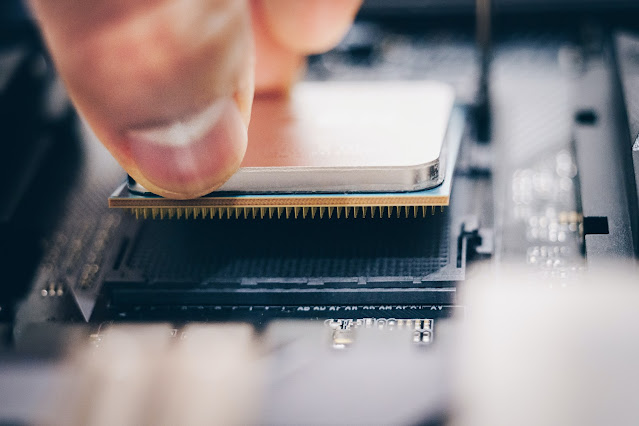Fusion HCI Adds 8x the GPU Power

IBM Storage Fusion HCI System has released a new GPU server today that takes a huge step forward in the support of AI applications. The new server, called the G03, can be configured to have as many as 8 double-wide GPU adapter cards . Fine-tuning and inferencing with foundation models used in AI applications increasingly requires faster and more powerful hardware, and the Fusion HCI G03 meets that need head on! The tremendous boost provided by the G03 for AI apps comes from having up to 8 of the NVIDIA L40S GPU PCIe double-wide adapter cards inside a single server. The L40S is powered by the NVIDIA Ada Lovelace Architecture and is designed for generative AI and LLM training and inferencing. It contains fourth generation tensor cores and the latest transformer engine that puts those tensor cores to good use. The design of the G03 provides flexibility for deploying GPU resources. Many organizations will order the G03 with a full complement of 8 L40S GPUs. But for organizations g





